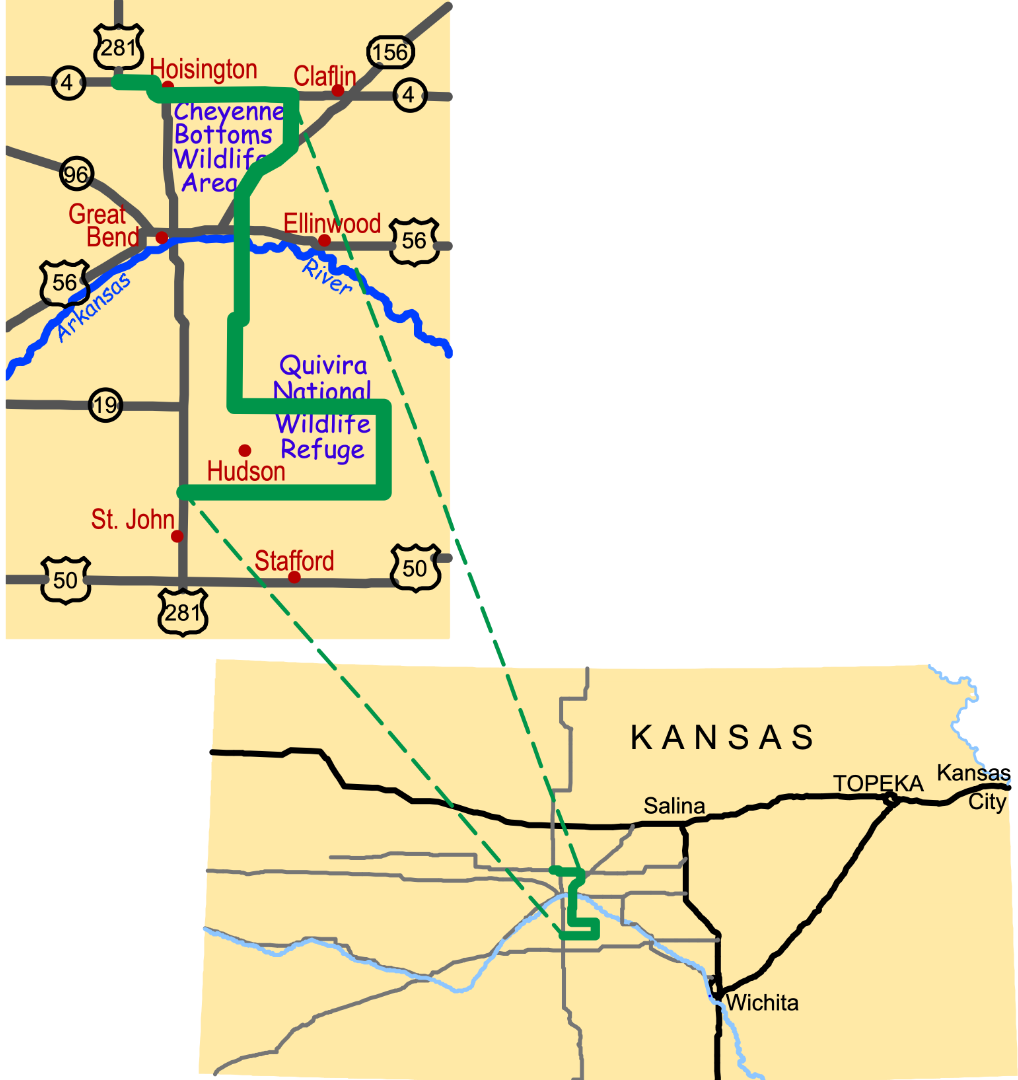Working...

Surviving the Dirty Thirties
Recipe for Hard Times
During the 1930s, farmers received federal funds to plant and maintain shelterbelts to reduce soil erosion. However, planting trees was nothing new to Kansas farmers. In 1865, Kansas became the first state to create a tree bounty, offering 50 cents an acre for every five acres of trees planted
Combine major drought, high summer temperatures, too much land under cultivation, and strong prairie winds. Throw in rock-bottom wheat prices and the Great Depression, and you have the recipe for the Dirty Thirties. In the 1930s, winds whipped Kansas topsoil into sun-darkening clouds. Wheat crops withered. Not everyone suffered equally-many farms pulled in marginal harvests and stayed afloat-but times were lean all around.
President Roosevelt's New Deal programs helped local communities weather these hard times. In the late 1930s and early 1940s, the Work Projects Administration (WPA) hired local men for a range of construction projects, including many bridges in Barton County (seven of them crafted from native limestone) and a number of municipal buildings, like the auditorium in Great Bend and the high school in St. John. The WPA funded regional artists as well-a legacy that endures in the 1938 "Wheat Center" mural in the Hoisington post office.
Tree-planting Tradition
During the 1930s, farmers received federal funds to plant and maintain shelterbelts* to reduce soil erosion. However, planting trees was nothing new to Kansas farmers. In 1865, Kansas became the first state to create a tree bounty, offering 50 cents an acre for every five acres of trees planted.
Motion and Change
Though local limestone had largely fallen out of construction use by the 1920s as easier-to-use materials became available, the Great Depression sparked a resurgence. Local WPA bridge projects combined native limestone with meticulous workmanship, marrying function and enduring beauty.
Download the interpretive panel: Surviving the Dirty Thirties Panel located at the Stafford County Courthouse in St. John.
To listen to more information click on the Audio Tour
Go to the Gallery to view photographs contributed by visitors to the Byway.
* Shelterbelts along the Byway
Planting trees in the prairie was nothing new to Kansans. But during the 1930s Dust Bowl era, tree planting took on new urgency. Both the USDA's Soil Conservation Service (SCS) and the Forest Service's Great Plains Shelterbelt Project tackled the same soil erosion problem. They worked with Civilian Conservation Corps and Work Projects Administration crews, as well as farmers, to carry out their conservation initiatives. Shelterbelt tree planting was one of several techniques they used to combat soil erosion. Shelterbelts slowed the winds that dried and eroded the soil and modified temperature extremes. Through these federal programs, shelterbelts sprang up in this region and across the Great Plains. In addition to stabilizing soils, shelterbelt planting also provided much-needed work for local residents, as well as new wildlife habitat. Between 1934 and 1942, federal crews planted more than 200 million trees between North Dakota and Texas, creating tens of thousands of miles of shelterbelts.
Soil Conservation Service managers knew that shelterbelts alone could not eliminate the widespread Dust Bowl soil erosion. They also encouraged such agricultural practices as withdrawal of cropland, reseeding grass, controlled grazing, terracing, and strip cropping.
More Weather pages...



